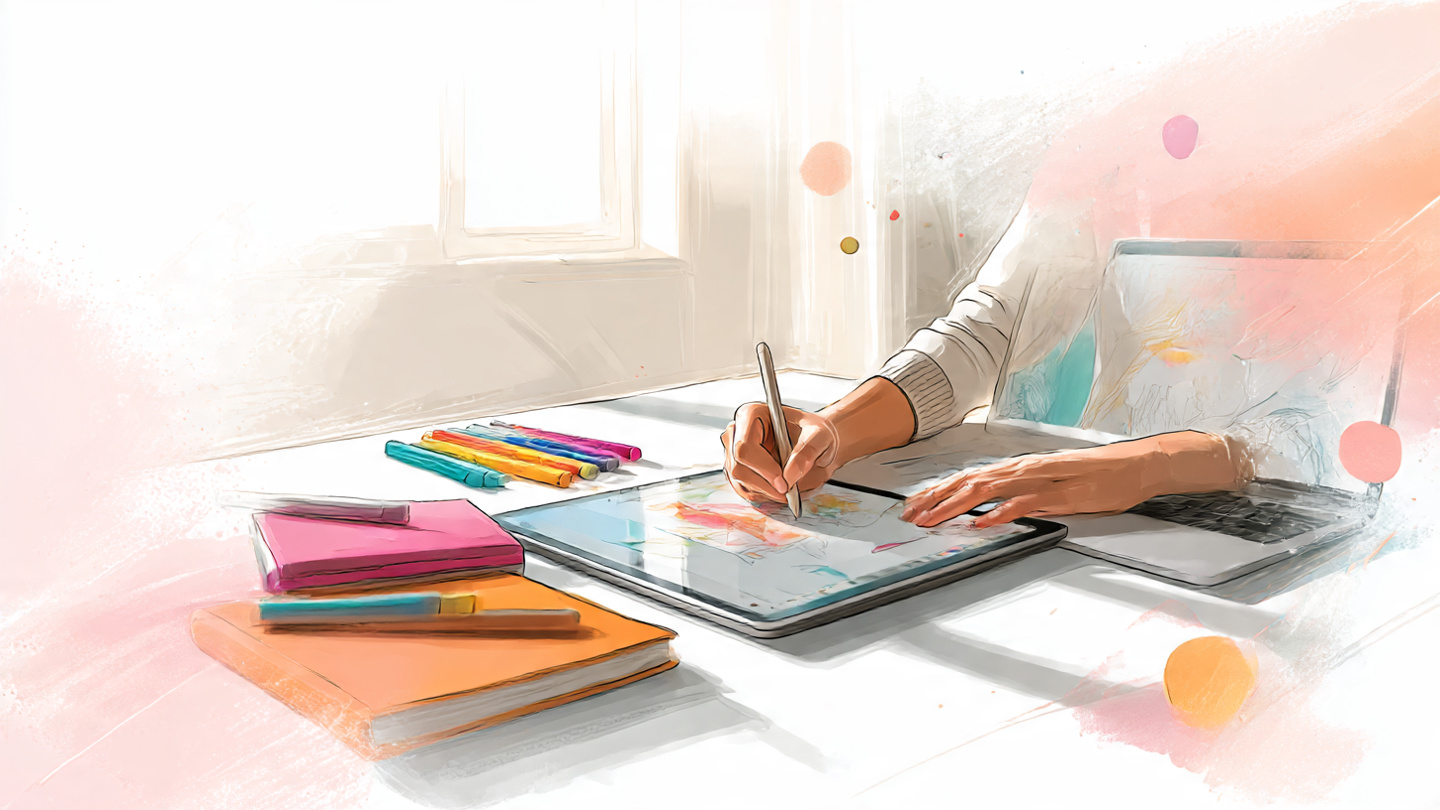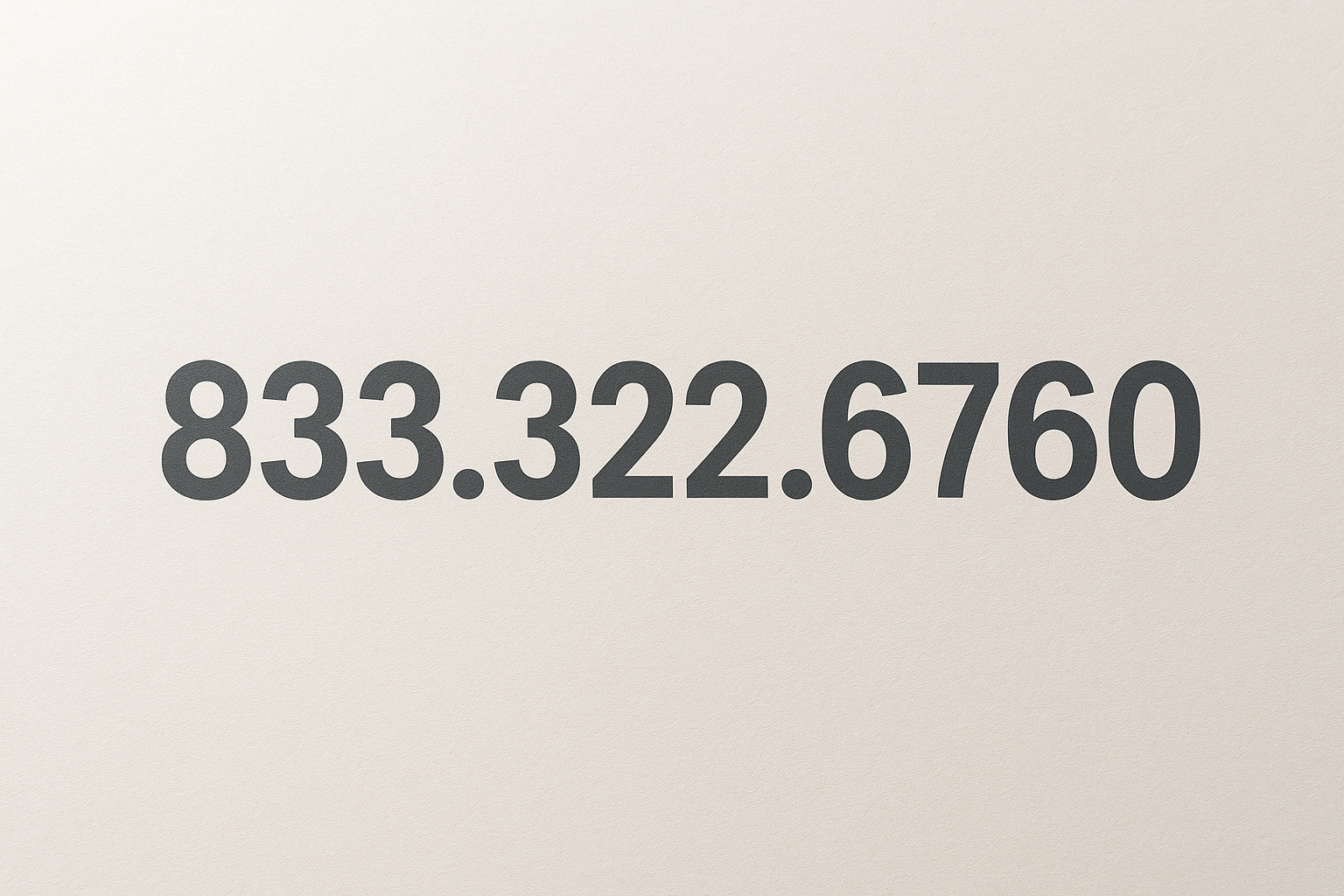Clear Bra vs Ceramic Coating: Which One Provides Better Protection Over Time?
As the automotive aftermarket profession progresses, experts are continually looking for effective aftermarket protection strategies for vehicles. The most popular options currently on the market include clear bra (or paint protection film, PPF) and ceramic coating.
For B2B companies within detailing, automotive restyling, or window tint supplies, knowing the ins and outs regarding these technologies is foundational in formulating sound investments and—all the while—constructing profitable service packages. This article undertakes a clarifying comparison analysis for determining which solution provides optimal long-term protection and greater business benefit value.
Clarifying Concepts: What is Clear Bra and Ceramic Coating?
In order to compare the long-term benefits, it’s first necessary to set forth some foundational definitions for each solution:
Clear Bra (PPF): Protective film (often referred to simply as clear bra) is composed of urethane. High-end clear bras have self-healing capabilities and hydrophobic qualities. This type of protection aids in warding off stone chips, scratches, UV rays, and even road debris.
Ceramic Coating: A liquid polymer is manually put on the surface of a vehicle to protect it. After curing, a chemical bond is formed with the factory paint which protects the vehicle against dirt, UV damage, chemical stains, and light scratches. In addition, it enhances gloss and eases cleaning, however, unlike PPF, it does not provide a physical layer.
For businesses in the automotive sector that already deal in window tint supplies and are looking to diversify their product lines, adding one or both of these protective technologies could result in higher revenue from value-added services. Being aware of the differences between protective options helps in providing the most appropriate solution to your customer base.
Durability and Protection: Which Lasts Longer?
When it comes to longevity and protection, a clear bra offers better physical protection while ceramic coating is superior in hydrophobic performance and chemical resistance.
Clear Bra
- Physical Protection: Provides the best defense against rock chips, minor abrasion, as well as light vandalism. This is significant for areas that take a lot of beating, for example, front bumpers, hoods, and fenders which are where accidents and impacts are common.
- Self-Healing Technology: Lots of modern films come with self-healing top layers that use heat to remove swirl marks or light scratches.
- UV Resistance: Works like a sunscreen for paint by maintaining the factory-finish color, thus preventing oxidation.
Ceramic Coating
- Chemical Resistance: Works best Excellently protects beyond acidic contaminants and includes bird droppings, road salts, and even sap from trees.
- Hydrophobicity: Water is capable of beading off effortlessly. This decreases dirt build-up and makes cleaning much more efficient.
- Gloss Enhancement: Lasts for months or even years depending on product quality, giving the car a deep, wet-look finish.
In the long run, especially during harsh climates or dealing with premium vehicles, a clear bra offers better comprehensive protection. Using both together can strategically enhance sales, utilizing clear bras in high impact zones and ceramic coating for the rest of the vehicle.
Cost vs Value: Which Provides Better ROI For Your Business?
The primary consideration for any B2B trader is how these protective options affect profitability. All of these require overseers alongside tools, but their margins and longevity differ greatly.
Clear Bra Installation
- Higher Initial Cost: More pricey in terms of materials and installation time.
- Increased Service Charge: Clear bra services command higher pricing due to the precision and labor intensity.
- Customer Loyalty: Once installed clients are bound to come back for maintenance or reapplies on new cars.
Applying Ceramic Coating
- Lower Cost Barrier: Reduced application costs due to fewer required tools and less expertise in film handling.
- Recurring Revenue Opportunity: Coatings can be marketed as an annual “top-up” service.
- Bundling Potential: Great for bundling with detailing, tinting, and other post-services, along with other services that enhance the car’s appearance.
In a B2B sense, clear bra installs appear to provide greater upfront profit per vehicle while ceramic coatings offer a steady, repeatable income. By having a combination of these services within your offering, it helps sustain a competitive advantage and wider market reach.
What Should Installers Expect In Terms of Application and Maintenance
Coming away from product advantages and thinking from an installer’s perspective, the workflow along with post-sale maintenance will help make your decision easier.
Steps Necessary To Complete An Application
- Clear Bra: Installing branded kits requires precision tools, clean installation settings, pre-cut software, and even rigorous procedures. It is a technical process requiring certified training along with multiple steps for installation (Average time is 3 to 6 hours for partial coverage).
- Ceramic Coating: Applying ceramic coat is generally more straightforward and quicker. The key is proper surface preparation; however the coating itself can be done in less than 2 hours a vehicle.
Maintenance Expectations
- Clear Bra: Minimum. Clients should avoid high-pressure edges and waxes that contain abrasives. Self-healing top coats only need to be occasionally overheated to sustain their appearance.
- Ceramic Coating: Proper wash techniques and periodical rejuvenation sprays or boosters are necessary. Clients must refrain from using harsh detergents and automatic washes with abrasive brushes.
In summary, clear bra offers a more “set it and forget it” option for sustaining long-term physical protection, while ceramic coatings require consistent care to upkeep. Businesses need to warn clients on how they will manage expectations and how to provide value-added services.
Strategic Opportunities for B2B Growth Integration Into Service Offerings
Whether you specialize in window tints, auto detailing, or vehicle wraps, adding clear bra and ceramic coatings to your services can create cost-effective additions for your business.
Here’s how to strategically introduce these services:
- Package Services: Create tiered protection packages like “Basic Ceramic Coating,” “Front-End Clear Bra,” or “Full Wrap + Coating Combo.”
- Cross Promotion: Use your existing window tint supplies customer base to promote paint protection packages.
- Educational Selling: Equip your sales staff to educate clients about value add long-term benefits of paint protection, stressing ROI for fleet and high-end vehicle owners.
- B2B Partnerships: Engage with automobile dealerships, body shops, or car rentals that require protection for high-turnover vehicles.
As customers become increasingly conscious about long-term vehicle maintenance, businesses that combine protective and aesthetic solutions stand to benefit significantly within the market.
Conclusion: Which One Should You Offer?
So, which solution offers better long-term protection—clear bra or ceramic coating? It depends on your client’s preferences and your business model.
- For protective strength, self-healing abilities, and high-end services, a clear bra is the better choice.
- For clients fixated on gloss, water resistance, and low cleaning effort, choose ceramic coating for a lesser price.
- Or best yet, offer both in complementary service bundles.
In B2B detailing, paint protection, and window tint supplies, clear bra and ceramic coatings are not opposing choices, but rather, complementary assets. Together, they formulate the ultimate protection solution – providing your clients peace of mind while improving your business’s competitive advantage.
Straightforward after-market service propositions sharpen the value offering while adding longevity to vehicles and enhancing the brand’s presence in the cluttered market.











